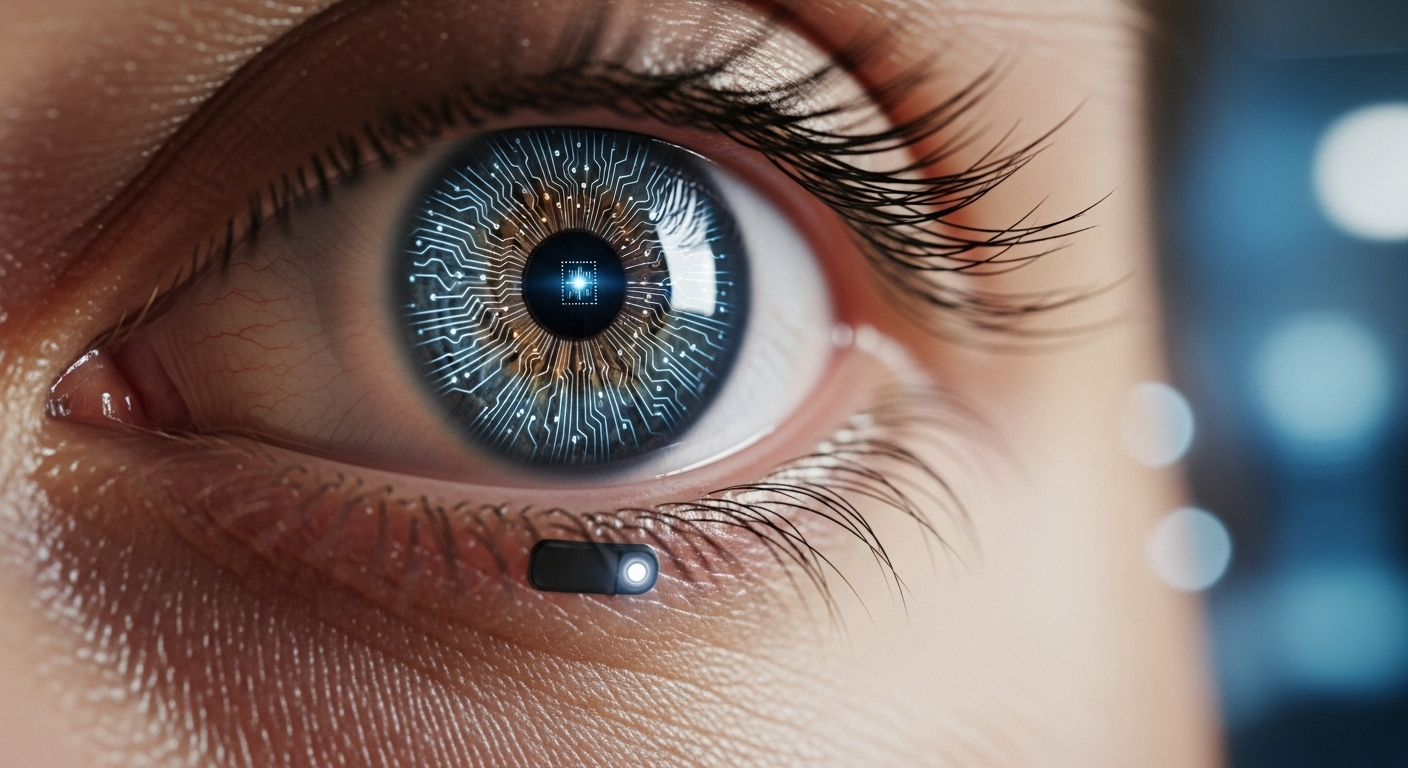The Biohacking Revolution: Optimizing Human Potential
In a world where technology and biology are converging at an unprecedented pace, a new frontier of human optimization is emerging. Welcome to the realm of biohacking, where individuals are taking control of their biology to enhance performance, longevity, and overall well-being. But what exactly is biohacking, and how is it reshaping our approach to health and human potential?

The Genesis of Biohacking
Biohacking, at its core, is the practice of changing our biology through science, technology, and self-experimentation to enhance physical and cognitive performance. This concept isn’t entirely new; humans have been attempting to optimize their bodies and minds for centuries through various means, from ancient herbal remedies to modern pharmaceuticals.
However, the current biohacking movement, which gained momentum in the early 2000s, is characterized by its DIY ethos, technological integration, and data-driven approach. Early pioneers like Dave Asprey, known for popularizing Bulletproof Coffee, and Tim Ferriss, author of The 4-Hour Body, helped bring biohacking into the mainstream by sharing their personal experiments and discoveries.
The Science Behind Biohacking
While some biohacking practices may seem radical, many are grounded in solid scientific principles. Epigenetics, the study of how behaviors and environment can cause changes that affect the way genes work, forms a cornerstone of biohacking theory. Research has shown that lifestyle factors can influence gene expression, potentially altering our health outcomes.
For instance, a study published in the Proceedings of the National Academy of Sciences demonstrated that mindfulness meditation could lead to changes in gene expression associated with reduced inflammation. This finding supports the biohacker’s belief that we can actively influence our biology through targeted interventions.
Common Biohacking Practices
Biohackers employ a wide range of techniques to optimize their bodies and minds. Some of the more popular and scientifically supported practices include:
Nutrigenomics: Tailoring Nutrition to Your Genes
Nutrigenomics, the study of how nutrition interacts with our genes, is a key area of focus for many biohackers. By understanding their genetic makeup, individuals can tailor their diets to optimize health and performance. For example, those with certain genetic variations might benefit from higher or lower intakes of specific nutrients.
A study published in the journal Nutrients found that personalizing nutrition based on genetic information could lead to more significant improvements in dietary habits compared to general dietary advice. This approach represents a shift towards truly personalized nutrition, moving beyond one-size-fits-all dietary recommendations.
Nootropics: Cognitive Enhancement Through Supplementation
Nootropics, also known as smart drugs or cognitive enhancers, are substances that claim to improve cognitive function. While some, like caffeine, have been used for centuries, others are more recent discoveries or synthetic compounds.
Research on nootropics is ongoing, with mixed results. A review published in the Journal of Alzheimer’s Disease found that some natural nootropics, such as Bacopa monnieri and Ginkgo biloba, showed promise in improving cognitive function. However, the authors stressed the need for more rigorous, long-term studies to fully understand their effects and safety profiles.
The Quantified Self: Data-Driven Health Optimization
Central to the biohacking movement is the concept of the quantified self – the practice of tracking and analyzing personal biological data. Wearable devices and home testing kits now allow individuals to monitor everything from sleep patterns to hormone levels, providing unprecedented insight into their bodies’ functioning.
This data-driven approach enables biohackers to make informed decisions about their health and track the effectiveness of their interventions. A study published in the Journal of Medical Internet Research found that self-tracking could lead to increased self-awareness and positive behavior changes, particularly in the areas of physical activity and diet.
Biohacking Insights: Tips and Facts
-
Circadian rhythm optimization can significantly impact health. Try exposing yourself to natural light upon waking to regulate your body clock.
-
Cold exposure, such as cold showers or ice baths, may boost metabolism and reduce inflammation.
-
Mindfulness meditation has been shown to reduce stress and potentially alter gene expression related to inflammation.
-
Some biohackers experiment with microdosing psychedelics, claiming cognitive benefits, though this practice remains controversial and largely unproven.
-
Grounding, or earthing, involves direct skin contact with the earth’s surface and may help reduce inflammation and improve sleep quality.
As biohacking continues to evolve, it challenges our traditional notions of health and human potential. While some practices show promise, it’s crucial to approach biohacking with a critical mind, balancing enthusiasm with scientific skepticism. As we unlock new insights into human biology, the future of health optimization looks increasingly personalized, data-driven, and empowering. The biohacking revolution is just beginning, and its impact on health, longevity, and human performance may be profound.





